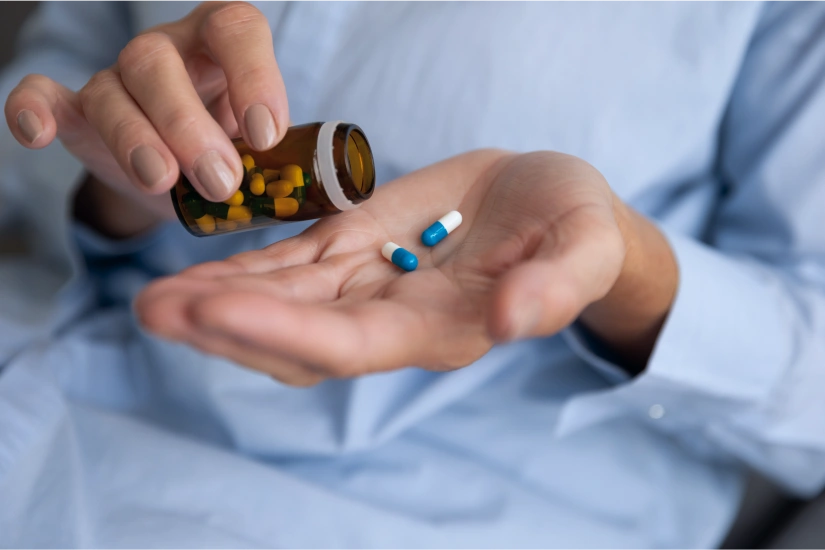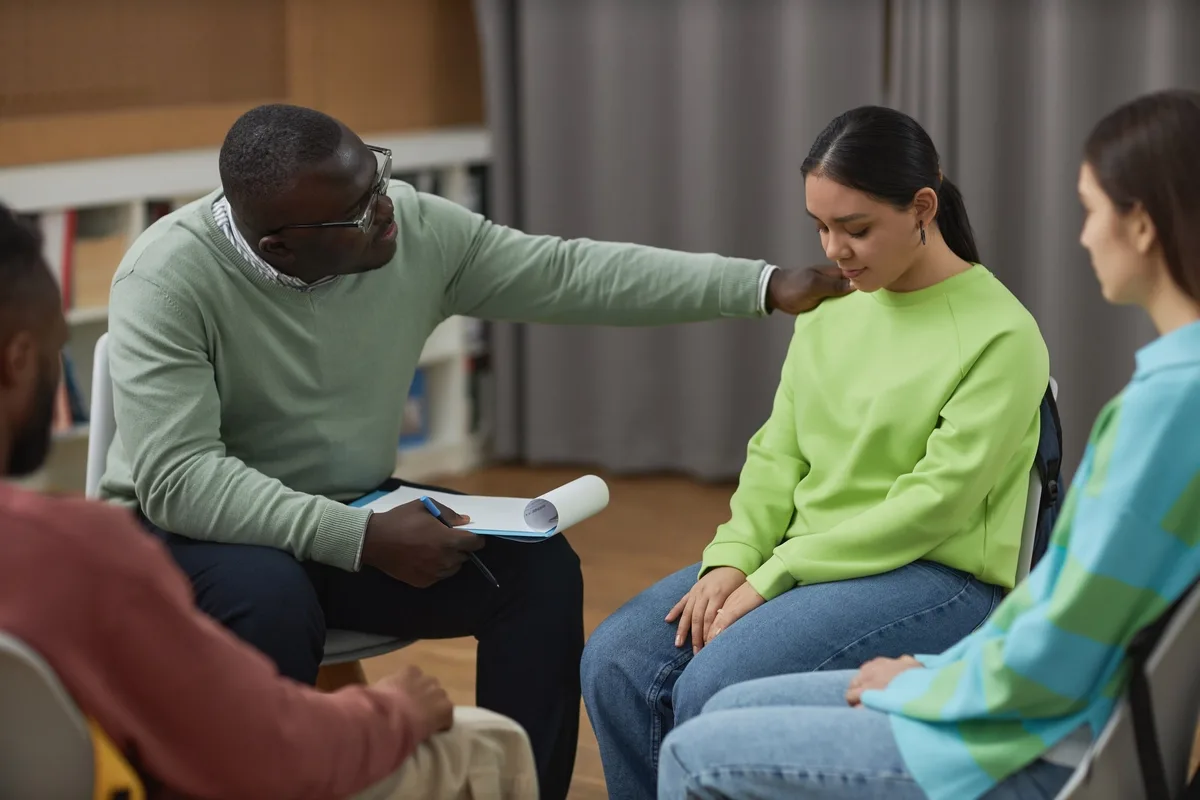24/7 Helpline:
(866) 899-111424/7 Helpline:
(866) 899-1114
Learn more about Opioid Rehab centers in Maple Shade
Opioid Rehab in Other Cities

Other Insurance Options

UMR

AllWell

BlueCross

MHNNet Behavioral Health

GEHA

UnitedHealth Group

Premera
Beacon

Kaiser Permanente

Carleon

Health Choice

WellPoint

Molina Healthcare

Optima

Evernorth

Choice Care Network

BlueShield

Regence

American Behavioral

Holman Group













